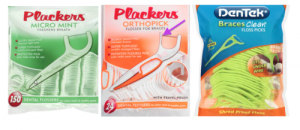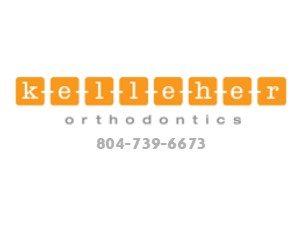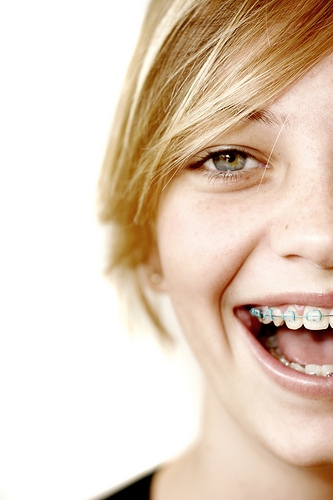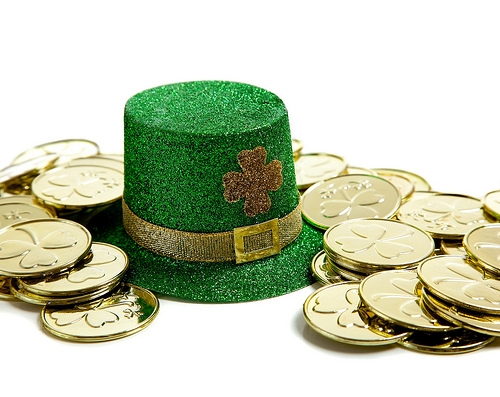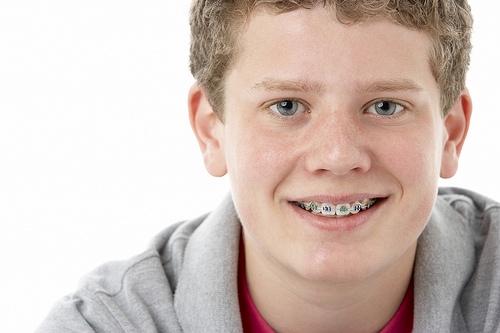Tips for proper hygiene with braces
December 4th, 2017
There's no doubt about it hygiene is much more time consuming with braces. This can be very difficult at first, but it is essential to maintain a healthy smile while in orthodontic treatment. Failure to do so can lead to swollen and irritated gums, white spots, and even cavities. Included below are some tips to help maintain proper hygiene while in orthodontic treatment.
Brushing
Brushing seems obvious, but it's all about the angle of the toothbrush and how often you do it. It's easy to miss spots around your braces and even tempting to skip brushing, but while in treatment patients should be brushing at least 3-4 times a day. It is best to try to brush after every meal, if not possible then rinsing with water can help to remove any excess food that may be trapped around the brackets. When brushing three main angles should be focused on: above the brackets, below the brackets, and underneath the wire. These three areas are where food loves to collect, if these areas go without being cleaned the food can turn into plaque which can then lead to white spots.
Flossing
There's no doubt about it flossing can take more time with braces, but in today's society we have several items that make flossing easier and more time-efficient. If you need to use regular floss then floss threaders make a good option in helping to allow the patient to guide the floss underneath the wire more easily . Orthopick's (orthodontic flossers) are another easy way to floss with braces, with Orthopick's you can place the flosser underneath the wire at an angle and access the gum line easily. Another quick and efficient way to remove food around and in between the teeth is by using a Waterpik flosser, this can also help to improve oral hygiene.
Floss threaders are pictured below and are included in your "starter kit" that you receive when your braces are placed.
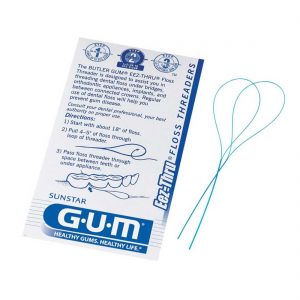
Also included in your "starter kit" are Orthopick's (Orthodontic Flossers), these work great for flossing with braces too.
A Waterpik can also be used too to help improve hygiene.
In addition to daily brushing and flossing, a daily rinse can be used. Listerine works great to help reduce bacteria and maintain healthy gums. Oral hygiene is crucial to having the smile of your dreams, if you follow these tips then you will be on the road to a healthy smile!


